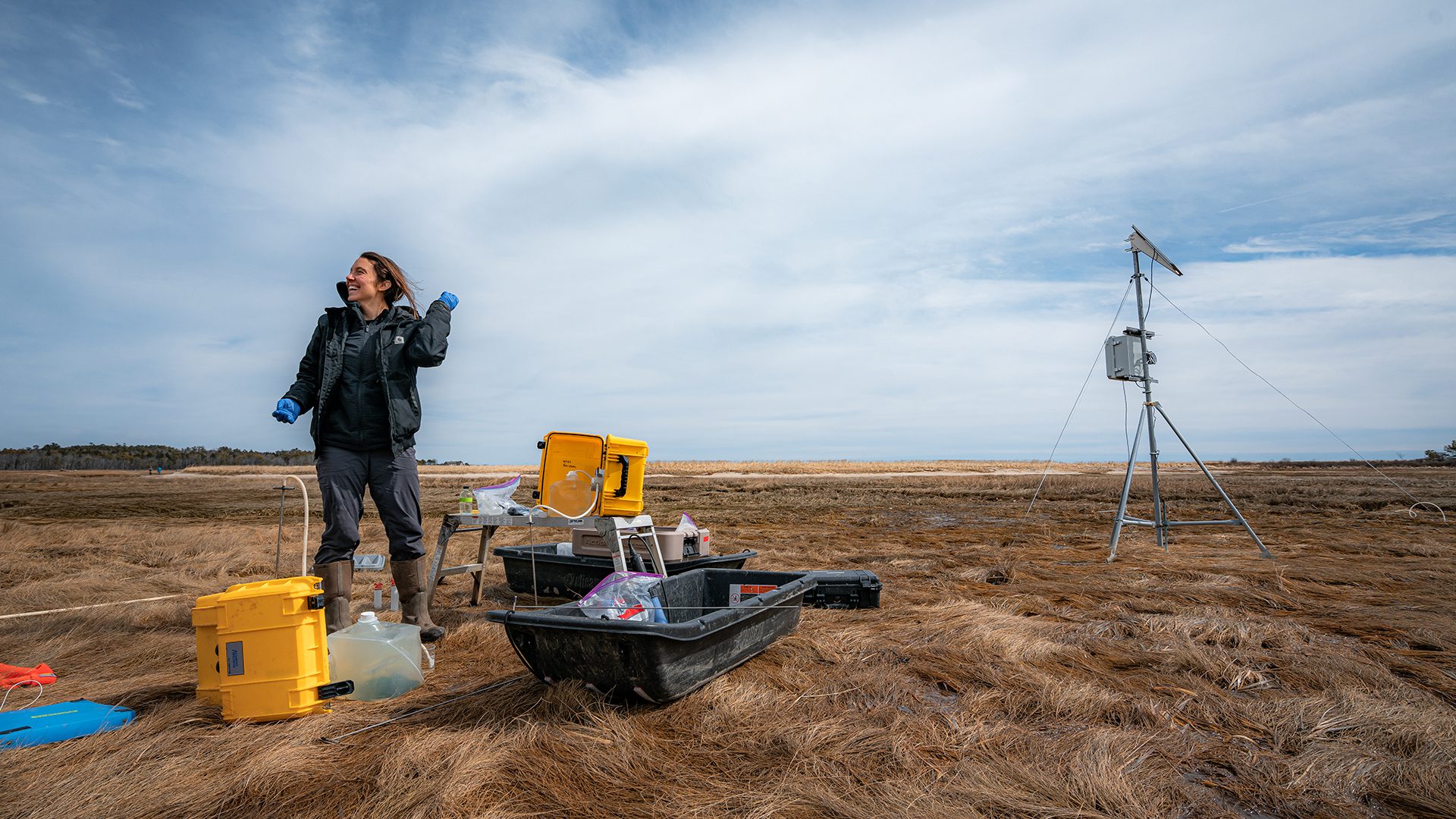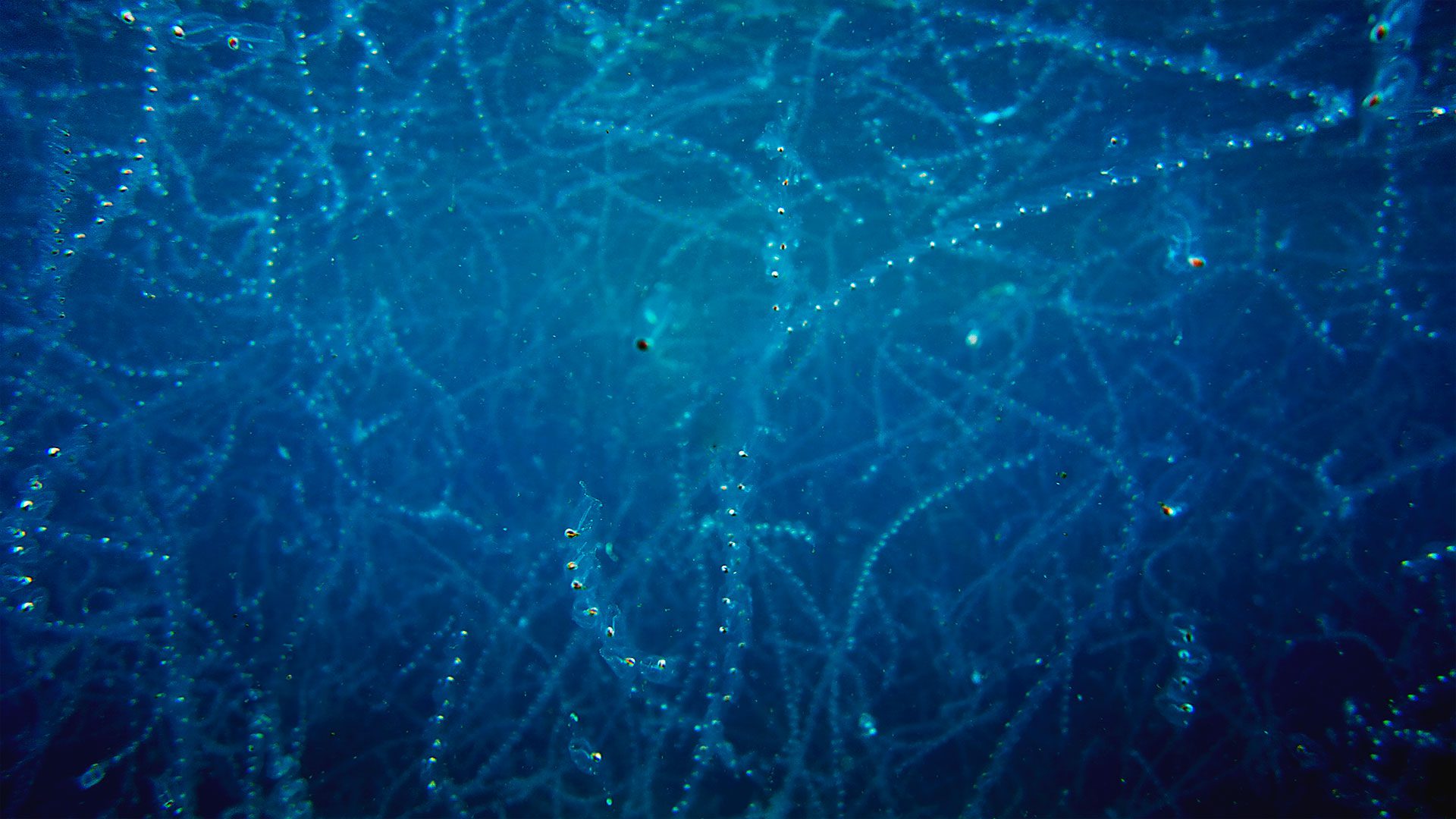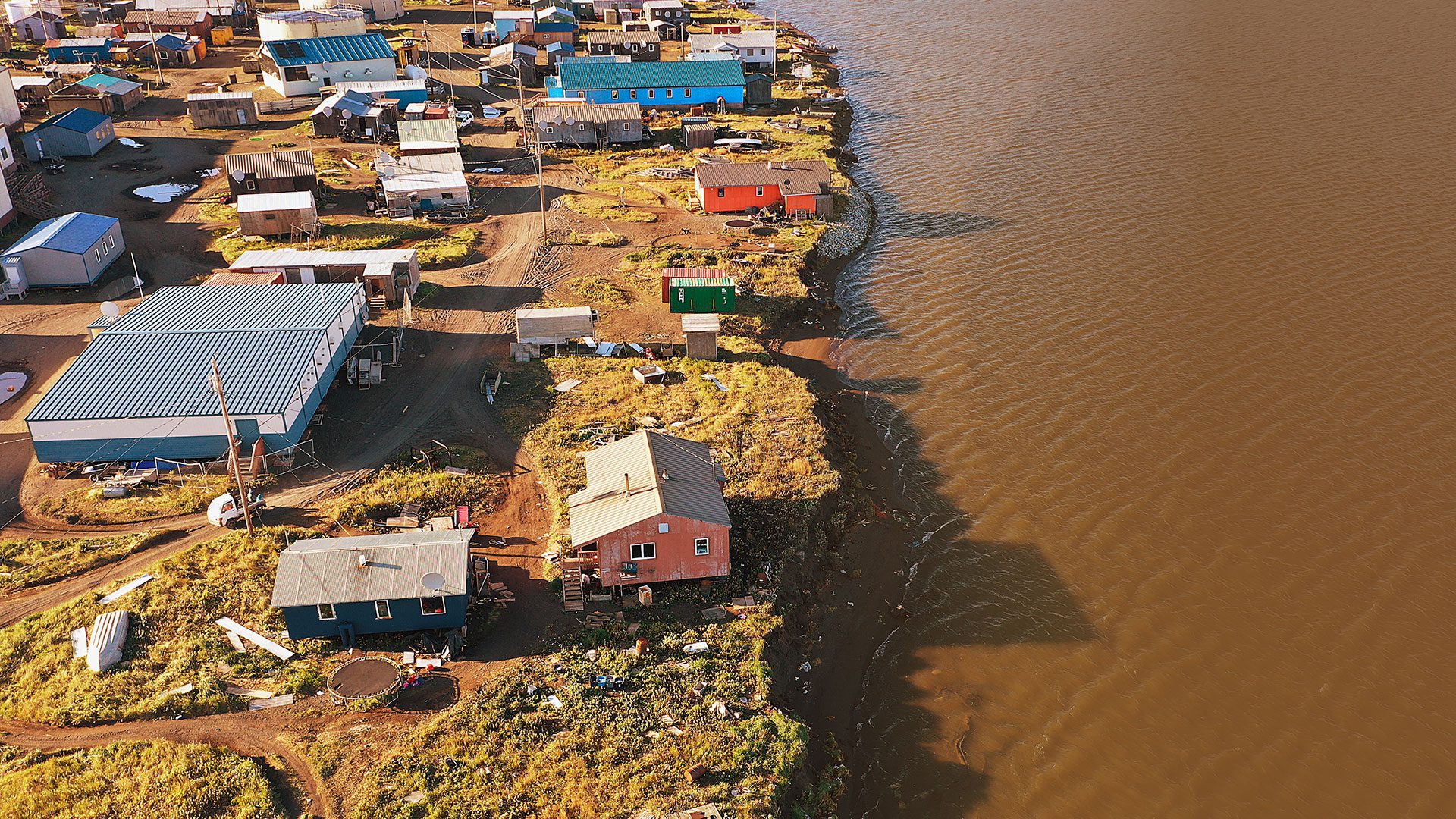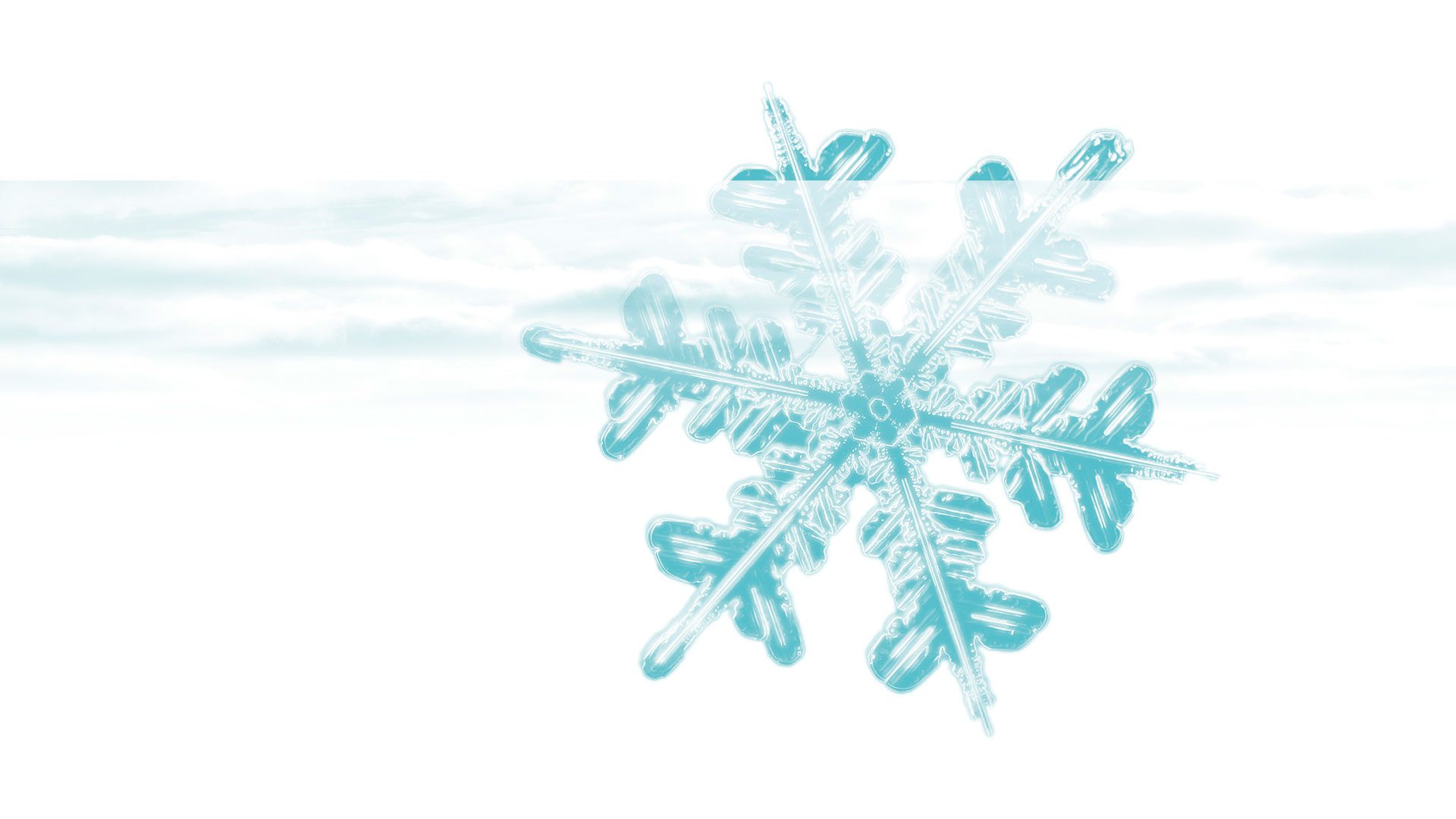
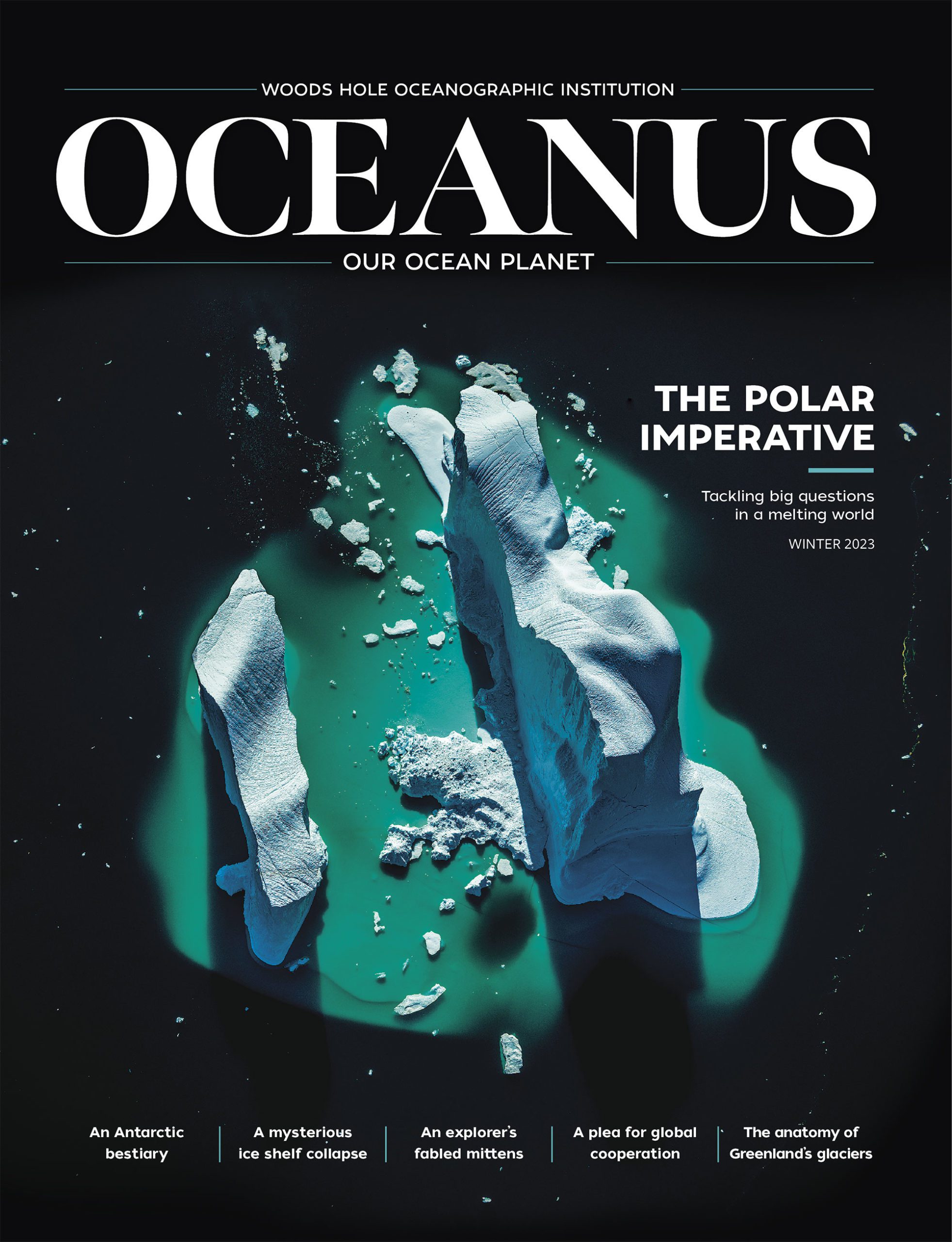 This article printed in Oceanus Winter 2023
This article printed in Oceanus Winter 2023
Estimated reading time: 4 minutes
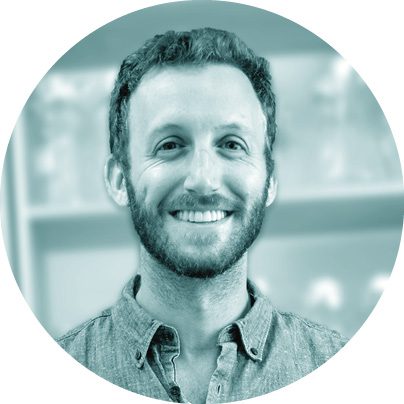
Dan Lowenstein
MIT-WHOI Joint Program student, Marine Chemistry & Geochemistry
A big part of my research happens on the West Antarctic Peninsula, a region of the Southern Ocean that’s one of the fastest-warming places on Earth. The National Science Foundation’s Palmer Station Long-Term Ecological Research (LTER) program has been running there for over 30 years, cataloguing what’s happening to this really quickly-changing ecosystem.
I’ve been to Palmer Station three times, from six weeks to six months. Most of my job down there is filtering lots of water samples to bring back and analyze in our lab in Woods Hole. I’m most interested in the stuff in the water that you can’t see, at least without a microscope: the microbes capturing carbon through photosynthesis and releasing it through respiration. In the ocean, they’re the base of the food chain, the base of the carbon cycle. And that’s the aspect that I find most compelling—these processes happening at such a small scale, but with global impact. Something like 50% of the oxygen on Earth is produced by microbes photosynthesizing in the ocean, and we can’t even see it. But all of the fundamental chemical cycles on Earth are governed by the interacting metabolisms of these unseen little creatures.
I’m trying to understand how the changing light levels throughout the day affect microbial rhythms and energy storage. In most of the ocean, there’s a daily oscillation of energy in phytoplankton because of the solar cycle. They take sunlight and make fats and sugars during the day, then they burn it to rebuild all of their cellular machinery overnight. But when it’s sunny for almost 24 hours, how much carbon and energy are they able to fix? How much fixed carbon will be able to sink down to be sequestered on the sea floor? How much carbon will be available to krill, and then to penguins and whales? Theoretically, if it’s an unchanging ecosystem, you want to establish a baseline to understand things like, “Oh, this is how this ecosystem works.” But at the same time, we’ve got rapid climate change, so it feels even more critical to understand these processes as fast as we can.
I feel incredibly lucky to have been to Antarctica. I think it’s easy to forget when you’re up here in Woods Hole that right at this exact moment, there’s an ocean that either stays sunlit or goes dark for six months at a time, and an entire continent covered in ice. All you see is ice, forever. It’s incredible that that exists on this planet.
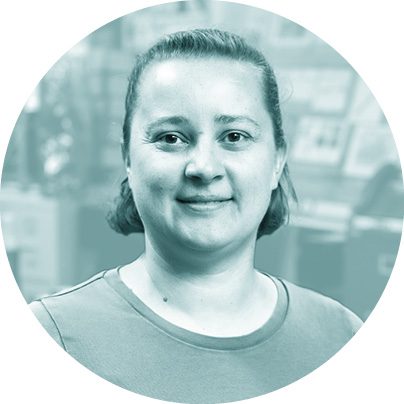
Sylvia Cole
Associate scientist, Physical Oceanography
I like looking at the massive array of processes in the ocean and how different things interact. You can’t treat the atmosphere, the ice, and the ocean as distinct components and understand what’s going to happen in the future. It’s all related. For example, how does a storm in one summer affect how heat is distributed later in the year? We need to understand the interactions to learn what’s happening now, and what’s going to happen in the future.
The Ice-Tethered Profiler (ITP) was designed to gather data from different depth levels of the ocean, year-round. An ITP moves with the ice, so you can’t tell it where to go, or how fast to get there. But because it moves with the ice, we can sample much closer to the ice-ocean interface and capture the mixing layer. The challenge with an ITP is that you don’t know where it’s going to end up–but you know it’s going to return something interesting. It could be a storm event, the eddy field, how the seasonality unfolded, or something to do with temperature. You have no idea until you get the data back.
When ITPs were originally deployed in 2004 and 2005, you could reliably find a three-meter thick ice floe to go stand on and deploy them. And now we’re deploying on one meter or sometimes less–or we have to deploy them over the side of a ship without drilling a hole, into either open water or surrounded by really thin ice. So that has definitely changed over the 20-year record.
When people think of the Arctic, they think of the ice cover. Because you can literally see the ice from space, that’s how the fact that the Arctic ice cover is shrinking has made it into public knowledge. But I would say the fact that the Arctic Ocean is getting warmer is not common knowledge. We’ve really never been able to take a snapshot of the Arctic Ocean, never mind decades worth of daily snapshots. We’re getting glimpses of what’s going on in the ocean, but you have to put effort into putting the story together and saying, “Okay, well, is this different? And why is this different?”
The ITP program is a key resource about a part of our planet that we don’t observe very well. But it’s maddening because we always want more data. We’re continuously trying to improve the technology, too. Because if you’re doing the same thing in the Arctic ten years from now, you’re doing it wrong. The ice has changed, and the environment has changed, so the technology has to change too.

